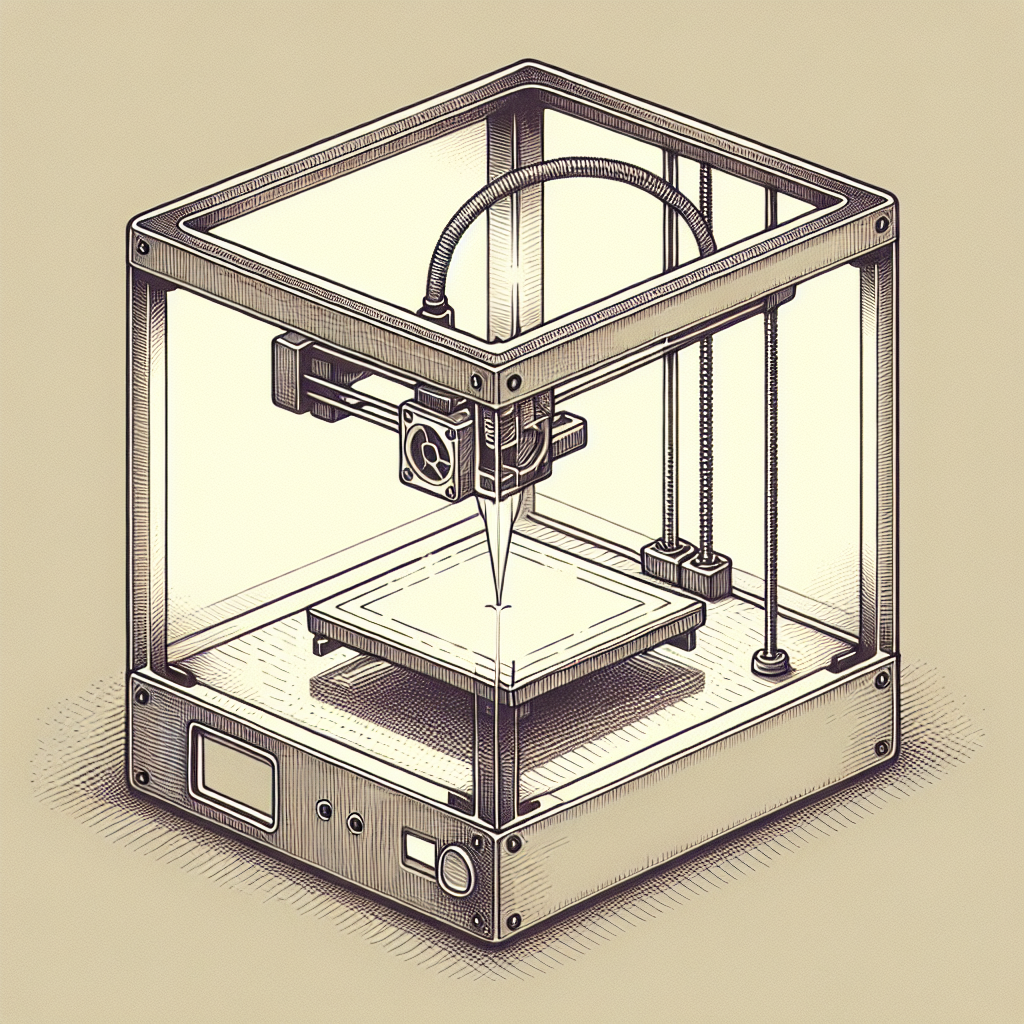Understanding High-Temperature Filaments
High-temperature filaments have revolutionized the industrial 3D printing landscape. Designed to withstand extreme heat, mechanical stress, and chemical exposure, these advanced materials open the door to functional prototyping and end-use parts across sectors like automotive, aerospace, and manufacturing. Selecting the right high-temp filament is crucial for both print success and achieving the desired material properties.
Why Choose High-Temperature Filaments?
Industrial applications often have demands that exceed the capabilities of standard filaments like PLA or ABS. High-temperature filaments provide:
- Superior Heat Resistance – Operate reliably in environments above 150°C, sometimes exceeding 300°C.
- Outstanding Mechanical Strength – Maintain dimensional stability and toughness under mechanical load.
- Chemical and Wear Resistance – Withstand harsh chemicals, solvents, and abrasion.
- End-Use Functionality – Suitable for actual parts, not just prototypes.
Essential Equipment for High-Temperature Printing
Before exploring the best filaments, it’s important to note that printing with high-temp materials requires specialized hardware:
- All-Metal Hotend – Must withstand extrusion temperatures up to 400°C.
- Heated Bed – Preferably up to 120°C or more to minimize warping.
- Enclosed Build Chamber – Maintains stable ambient temperature and prevents part cracking.
Top High-Temperature Filaments for Industrial Printing
Let’s explore the standout choices for advanced applications:
1. Polyether Ether Ketone (PEEK)
PEEK is renowned as the gold standard for high-performance thermoplastics. With a glass transition temperature of around 143°C and a melting point near 343°C, it’s ideal for aerospace, medical, and automotive components.
- Pros: High strength-to-weight ratio, chemical resistance, flame retardancy, outstanding thermal stability.
- Cons: Requires extrusion temperatures up to 400°C, expensive, and needs a fully enclosed printer with a heated chamber.
2. Polyetherimide (PEI) / Ultem™
PEI (often sold under the Ultem™ brand) is a popular alternative to PEEK, offering excellent heat and flame resistance with a glass transition temperature of ~217°C.
- Pros: Lower cost than PEEK, FDA-compliant variants available, good dielectric properties.
- Cons: Still requires high print temperatures (350-400°C), susceptible to moisture absorption.
3. Polyphenylsulfone (PPSU)
PPSU excels in environments requiring sterilization and chemical resistance, making it a favorite in medical and food processing industries.
- Pros: Withstands repeated sterilization cycles, hydrophobic, high impact resistance.
- Cons: Needs hotend temperatures around 375°C, can be challenging to print due to warping.
4. Polycarbonate (PC)
Polycarbonate offers a balance of toughness and heat resistance, making it a go-to for engineers. Its glass transition temperature is about 150°C.
- Pros: Impact resistance, transparency, accessible compared to PEEK/PEI.
- Cons: Susceptible to moisture absorption, needs a heated enclosure for best results.
5. Nylon (PA) – High-Temperature Grades
Advanced nylons like PA6/66 or Nylon 12 CF (carbon fiber) can handle higher temperatures and loads than standard nylon.
- Pros: Excellent wear resistance, chemical resistance, and toughness. Carbon fiber blends offer increased stiffness and reduced warping.
- Cons: Can be abrasive to brass nozzles (use hardened steel), highly hygroscopic.
6. Polypropylene (PP)
Polypropylene is valued for chemical resistance, low density, and fatigue durability. With a melting point around 160°C, it’s used for containers, automotive parts, and lab equipment.
- Pros: Lightweight, flexible, resists moisture and chemicals.
- Cons: Can be tricky to adhere to print beds, warping issues without proper bed adhesion techniques.
7. High-Temperature Composite Filaments
Composite filaments blend high-temp resins with fibers (carbon, glass, or even ceramic) for enhanced strength, dimensional stability, and reduced warping.
- Pros: Improved mechanical properties, reduced thermal expansion, often easier to print than pure resins.
- Cons: Abrasive, requiring specialized hardened nozzles, and may not be as ductile as pure polymers.
Tips for Successful High-Temperature Printing
- Dry Your Filament – Many high-temp materials are hygroscopic; use a filament dryer before printing.
- Calibrate Your Hardware – Ensure your printer can reliably reach and maintain required temperatures.
- Optimize Your Slicer Settings – Tweak retraction, speed, and cooling for best results.
- Use the Right Build Surface – PEEK and PEI may require specialized adhesive sheets or PEI-coated beds.
- Print in a Well-Ventilated Area – Some high-temp filaments emit fumes; always prioritize safety.
Conclusion
High-temperature filaments are the backbone of industrial 3D printing, enabling the production of functional parts that stand up to the harshest operational demands. While they require investment in robust hardware and careful process control, the benefits they unlock—especially in terms of material performance and application range—are well worth it for serious users. If your goal is moving beyond prototyping into real-world, end-use parts, investing in the right high-temperature filament is the next step in your additive manufacturing journey.

Leave a Reply